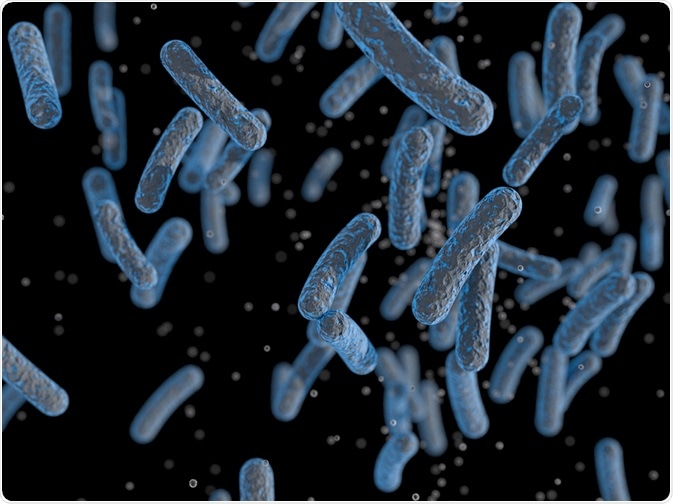Metaproteomics involves the comprehensive characterization of the proteins found within environmental microbiota at a specific point in time.

OlgaReukova | Shutterstock
The metaproteomics approach is most often used to determine major catalytic units of analyzed microbial populations, which in turn enables the construction of genotype‐phenotype links from tested samples.
In recent years metaproteomic studies of various microbial communities from environmental samples (such as sediments, soil or seawater) have rapidly increased, primarily due to significant technological advances in mass spectrometry.
Considering the role of microbial species in human health and disease, the use of mass spectrometry and metaproteomics in biomolecular identification can be very useful, especially to identify disease biomarkers.
Ecological metaproteomic applications
Consistent and efficient bioremediation for contaminated environments requires knowledge of indigenous microbial community structures and their metabolic functioning. Characterization of how different microbial species, therefore, helps to arrest or mediate toxic metal contamination in sediments, ground waters and soils.
In 2013, a research group from the Oak Ridge in Tennessee (USA) studied the initial response of the autochthonic aquifer microbiota upon stimulation with emulsified vegetable oil at one uranium-contaminated site.
Use of metaproteomics (high-performance mass spectrometry instrumentation and enhanced protein extraction techniques), they identified microbial responses to biostimulation and elucidated active pathways involved. The study demonstrated the applications of this technique as a valuable monitoring tool.
Other noteworthy applications of metaproteomics in environmental milieu is indicating the role of microbial species in the flow of carbon in a certain ecosystem (so-called carbon cycling), as well as characterizing how certain microorganism might aid in converting cellulose to biofuels, such as biodiesel or bioethanol.
Gut microbial research
Host gut-proteome represents a foundational element for preserving the mutualistic relationship between humans and their gut microbiota, and to identify and appraise the function of a large number of proteins encoded by gut microorganisms. This enhances our understanding of our gut ecosystem and its role in health/disease states.
The first comprehensive metaproteomic study of the fecal microbiome in humans was conducted in 2008, which showed that fecal metaproteomics is extensively impacted by host proteins – up to 30% of measured spectra belonged to human protein database.
There are stark differences in the metaproteome of intestinal mucosa between the proximal and distal colon, implying distinct functionality in specific intestinal regions. Also, characterizing differential protein profiles in altered physiological states can also be performed. One study showed decreased functional richness of fecal microbiota in patients with Crohn’s disease compared to healthy controls.
Human proteins implicated in intestinal barrier function also vary significantly between Crohn’s disease and healthy controls. Human oral flora and the urinary community of microorganisms are also increasingly being studied using metaproteomics.
Given the pivotal role of the metaproteome in influencing the function of microbial communities, metaproteomics will be increasingly applied to study other microbial communities in humans and linking them with diseased states, resulting in more dynamic collaborations between instrument manufacturers and academic researchers.
Further Reading